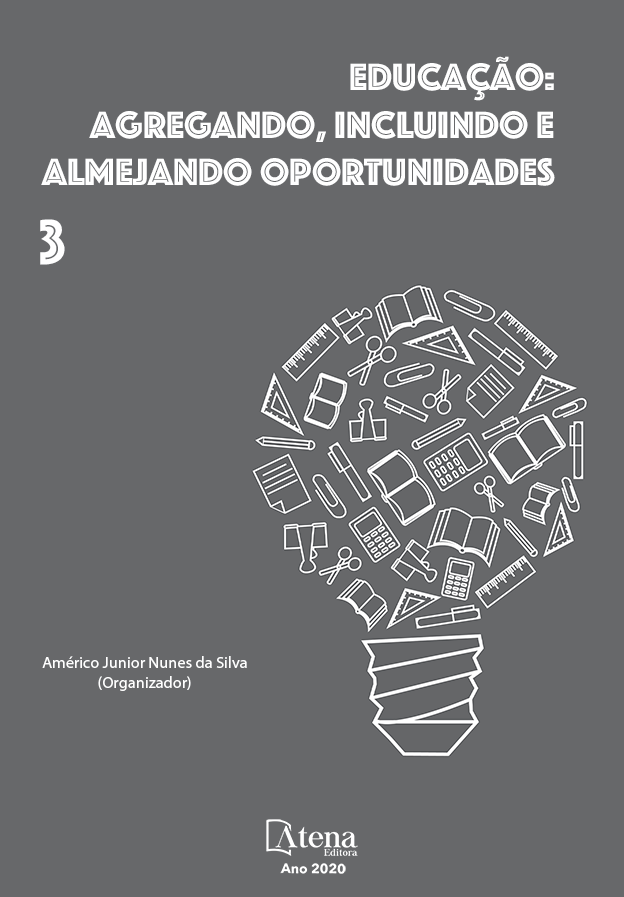
VIOLÊNCIA NA ESCOLA: APORTES PARA ANÁLISE DAS RELAÇÕES ENTRE PARES
O presente estudo tem por propósito: a) fazer uma análise da dinâmica pela qual a violência urbana no Brasil está inserida, de maneira a investigar os processos que a recobrem, bem como os indícios que materializam posturas agressivas; b) estabelecer uma reorganização dos critérios para se analisar a produção da violência escolar, e por consequência o seu entendimento pelos sujeitos que estão diretamente envolvidos com a problemática. Nesse sentido, o estudo pauta-se na teoria de Debarbieux (2002), no que se refere à necessidade do estabelecimento de indicadores para análise da violência na escola. O texto encontra-se estruturado em duas partes. Na primeira parte são elucidados os aspetos da violência no espaço urbano, demonstrando dados relativos à periculosidade e mortandade, bem como evidenciando as relações intrínsecas acarretadas por essas ações no cotidiano dos sujeitos. Num segundo momento, explicitam-se as relações da violência no ambiente escolar, e suas formas de organização, estimulando-se um debate teórico em torno da verificação de condutas consideradas agressivas. Para a consecução da proposta, a pesquisa foi desenvolvida a partir de uma metodologia qualitativa (LUDKE; ANDRE, 1986), privilegiando escritos documentais caracterizados como fontes primárias (dados oficiais que traçam um panorama sobre o tema da violência na sociedade brasileira), como também fontes secundárias (documentação que contém estudos analíticos e interpretativos sobre o tema). Conclui-se, a partir da análise proposta, que existem possibilidades para o enfrentamento da problemática quando esta se evidencia por meio de uma classificação sistemática das ações dos sujeitos no espaço escolar. Deste modo, a pesquisa apresenta-se de forma indispensável para a reflexão sobre as ações impetradas no ambiente escolar, oferecendo-se subsídios para se analisar o quê, de fato, pode ser considerado violência nesse espaço.
VIOLÊNCIA NA ESCOLA: APORTES PARA ANÁLISE DAS RELAÇÕES ENTRE PARES
-
DOI: 10.22533/at.ed.2072022096
-
Palavras-chave: Violência escolar. Indicadores. Incivilidades.
-
Keywords: School violence. Indicators. Incivilities.
-
Abstract:
The objective of this study is: a) to analyze the dynamics by which urban violence is inserted in Brazil, in order to investigate the processes that involve it, as well as the indications that materialize aggressive attitudes; b) establish a reorganization of the criteria to analyze the production of school violence and, consequently, its understanding by the subjects directly involved with the problem. In this sense, the study is based on the theory of Debarbieux (2002), with regard to the need to establish indicators for the analysis of violence at school. The text is structured in two parts. In the first part, aspects of violence in the urban space are elucidated, showing data related to dangerousness and mortality, as well as showing the intrinsic relationships brought by these actions in the subjects' daily lives. In a second stage, the relations between violence in the school environment and its forms of organization are explained, stimulating a theoretical debate around the verification of behaviors considered aggressive. To achieve the proposal, the research was developed from a qualitative methodology (LUDKE; ANDRE, 1986), privileging documentary writings characterized as primary sources (official data that provide an overview on the theme of violence in Brazilian society), as well as secondary sources (documentation containing analytical and interpretative studies on the topic). It is concluded, from the proposed analysis, that there are possibilities to face the problem when it becomes evident through a systematic classification of the subjects' actions in the school space. Thus, research is indispensable to reflect on the actions carried out in the school environment, offering subsidies to analyze what, in fact, can be considered violence in this space.
-
Número de páginas: 17
- Joyce Mary Adam
- João Marcos Vitorino


